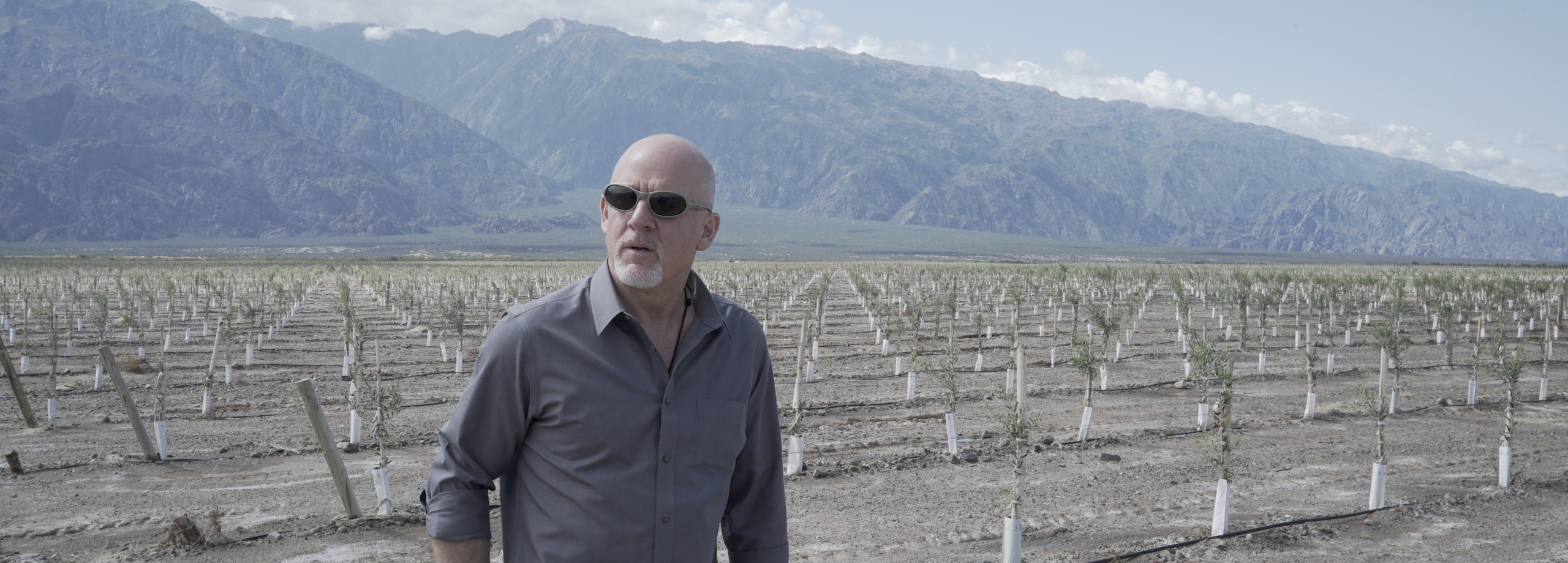Sign up for the daily CJR newsletter.
Extreme heat in California, Siberian frost in Italy, drought in Australia. Olive Oil Times’s 2018 harvest survey, for which the trade publication polled thousands of olive growers in dozens of countries, reads like a summary of the manifestations of climate change around the world.
The Times, launched a decade ago as a personal blog for founder Curtis Cord’s olive oil tasting notes, has increasingly reported on the extreme and challenging conditions faced by olive producers. Connected with 30 writers in agricultural communities around the world, the Times gathers on-the-ground insights into climate change’s volatile, local impacts. Since its founding, the Times has published more than 4,500 articles on a range of subjects, from the health attributes of olive oil to the agricultural conditions underlying the industry.
The Times, which relies on freelance contributors based in olive oil-producing regions, tagged its first “climate change” stories about four years ago. Cord, who previously worked in sales in the fashion industry, noticed producers experiencing extreme weather trends. “We’re using that tag more and more on our articles,” he says.
Archives: CJR’s “Survival Stories” series, about covering climate change in America
Many of the regions Olive Oil Times covers reported particularly challenging seasons last year, though some producers don’t necessarily attribute the challenges to climate change. Greece had the fruit fly, and France struggled with too much rain. Shifting weather patterns aren’t always bad news, Cord says. “Other places where it might have been thought that they weren’t perfect for olive production are kind of looking good now.”
Ylenia Granitto, a Rome-based olive oil expert who has covered the Italian sector of the industry for four years, frequently travels across the country to visit olive groves. She speaks with people responsible for pruning and grafting olive trees, and checks in with nurseries where young olive trees are cultivated. Bad seasons used to come around once every 10 to 15 years, Granitto says, but lately it’s been almost every other year.
“The fact is that they are aware of the changing climate,” Granitto says, referring to olive oil producers who have adjusted their practices. She adds, “They pay more attention to what happens in the olive grove.”
These sources are sitting there. They’re ripe. They’re waiting for journalists to have a look at them because they’re loaded with insight into the experiences farmers are having.
Agricultural industry-focused publications bring tailored perspectives to climate change coverage. From European winemakers to California nut growers, agricultural news organizations are often well-sourced across broad regions in their efforts to track unusual weather patterns and their impacts. The Good Fruit Grower, a Washington state-based magazine geared toward tree fruit and grape growers, tracks the impacts of regional climatic shifts from the perspective of agricultural producers such as wine grape growers. Associate Editor Kate Prengaman, who has an environmental journalism background, says the magazine’s focus means coverage of climate change comes directly from on-the-ground experience. “We have the chance to be specific in the impacts that folks are seeing,” Prengaman says.
Climate coverage in trade publications tends to focus on the micro-level. Good Fruit Grower offers guidance for farmers navigating climate-related changes to their work, but typically doesn’t report on political debates connected to climate change itself, Prengaman says. “It’s an uncomfortable issue for a lot of people in the agricultural sector.” Producers are sometimes reluctant to term the effects they’re seeing “climate change,” though Prengaman says they are eager to talk about issues like flooding and irrigation supply.
Environmental journalist Mark Schapiro, author of Seeds of Resistance, says trade publications are “invaluable” source material because they present the point of view of farmers. Schapiro has turned to trade journals such as West Coast Nut as he’s reported on the impacts of climate change on California’s Central Valley, a major agricultural hub. Schapiro, who is a lecturer at the University of California at Berkeley Graduate School of Journalism, encourages his students to mine industry publications for insights. Industry reports on an encroaching pistachio tree pest, or the dire harvest implications of warmer winters for cherry producers, are environmental indicators demanding more attention. Farmers, who have first-hand expertise in weather patterns, don’t talk about climate change in the same ways scientists do. Rather, says Schapiro, they can provide day-by-day accounts that journalists can place into a larger context.
“These sources are sitting there,” he says of agriculture publications. “They’re ripe. They’re waiting for journalists to have a look at them because they’re loaded with insight into the experiences farmers are having.”
The 2018 survey marks the first time Olive Oil Times polled producers about their harvest, a direct response to reports from sources of a challenging season. The survey won’t be their last, Cord says.
“We found the responses fascinating,” he says. “It’s definitely something we plan on doing more of.”
ICYMI: The unsolved assassination of a journalist
Has America ever needed a media defender more than now? Help us by joining CJR today.







